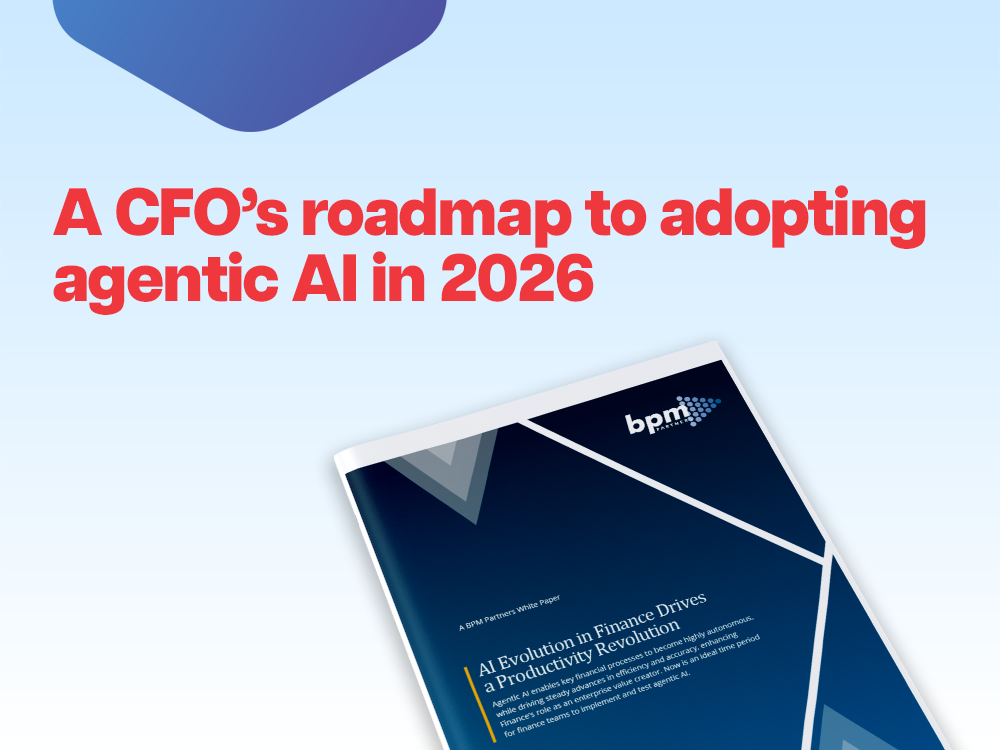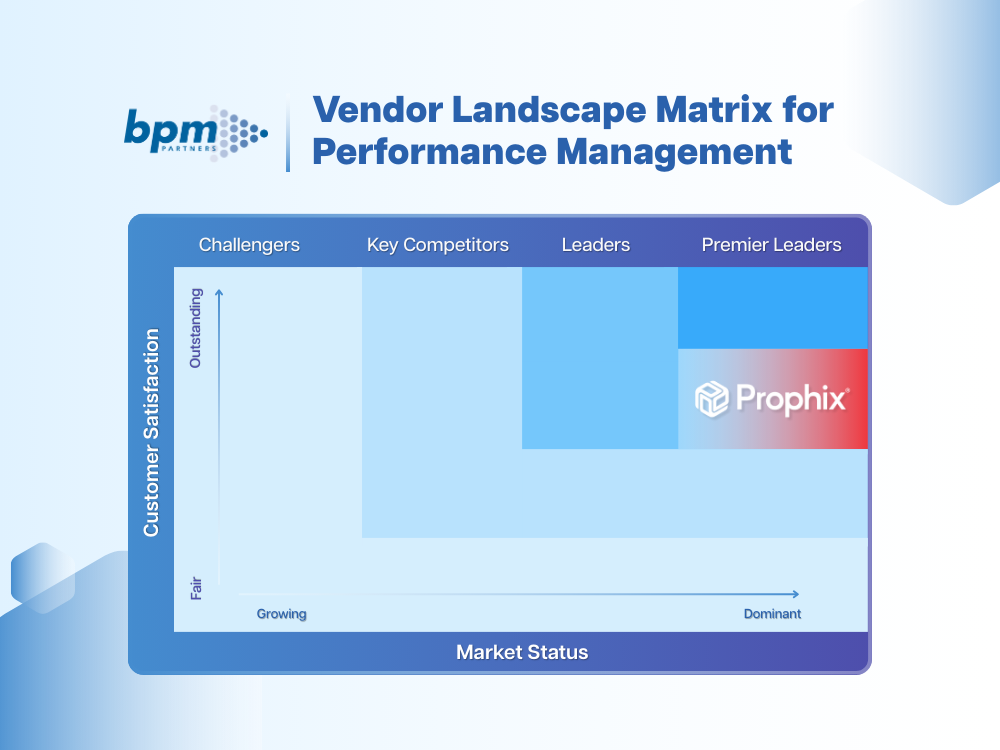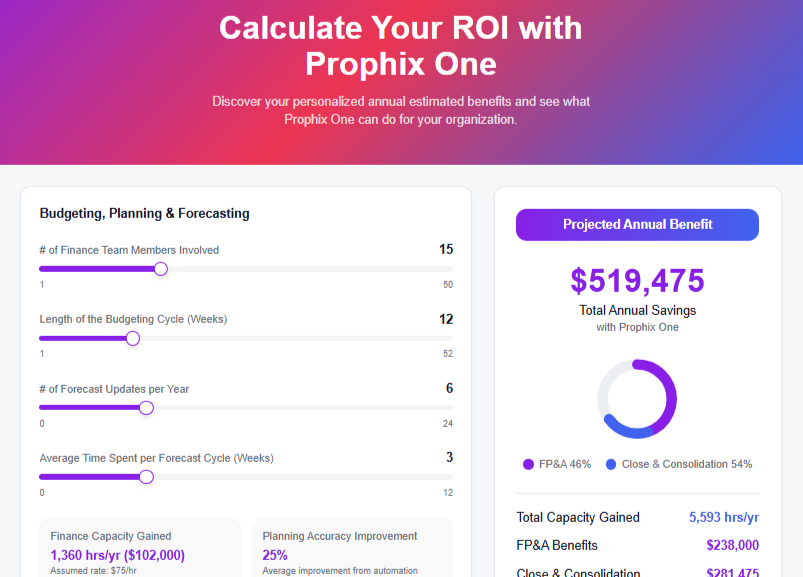Download Analyst Report
Financial compliance management: The complete guide
Inconsistent commitment to compliance in day-to-day actions undermines the effectiveness of a compliance program.
February 6, 2025Financial compliance management is crucial to the smooth operation of an organization. It builds transparency and reliability into the company’s finances, creating trust for clients, employees, and other stakeholders. In a landscape of changing technologies and regulations, having the right tools for the task is essential to ensuring that compliance is maintained as the company expands and grows.
What is financial compliance management?
Financial compliance management is a critical aspect of any finance team’s operations. It involves the implementation of necessary measures to ensure adherence to the various laws, regulations, and standards that govern financial activities and transactions. This includes practices across different areas in the financial sector, such as investment banking and retail banking. To improve your financial compliance strategy, consider the following:
- Understand the regulatory environment
- Implement robust compliance policies and procedures
- Invest in compliance training
- Leverage technology
- Regular compliance audits and reviews
The role of a financial compliance manager
The financial compliance manager leads and supports efforts to meet and maintain compliance requirements. Compliance varies across industries and countries. A compliance manager’s first responsibility is to understand the compliance requirements their organization faces. Second, they must create a written policy that guides employee and leadership behavior toward compliance. Finally, they put that policy into practice. The role requires a dynamic and adaptive skill set that spans numerous departments of a company, from finance and accounting to training and onboarding.
Key components of financial compliance
Financial compliance can be broken down into six broad responsibilities.
Leadership and culture
Compliance only works if teams at every level of the organization are committed. Leadership has a crucial role in exemplifying this commitment and providing the resources necessary to establish and maintain compliance across the organization. Inconsistent commitment to compliance in day-to-day actions undermines the effectiveness of a compliance program.
Policy and procedure
Clearly documented policies and procedures are essential to ensure that all members of the organization can reference them when needed. These documents must remain accessible and easy to read, with clear procedures for answering questions or improving clarity. Clouding policy in complex language undermines trust in it.
Risk assessment
The risks associated with non-compliance vary for each organization. They should be regularly evaluated to be mitigated appropriately. These risks will vary depending on numerous factors, such as industry, location, and scale of the organization. Knowing the risks to your organization is essential for developing procedures that directly prevent them.
Training and onboarding
An effective curriculum for onboarding is essential for laying the foundation for compliance. In many cases, the continuous training that follows an initial onboarding is the most important part of maintaining compliance.
Regular training, usually annually, intended to refresh and update employees on compliance practices is often overlooked and can be the deciding factor in an organization’s successful compliance.
Monitoring and reporting
Regular monitoring protects an organization from non-compliance. Financial reporting may be required to remain compliant with various regulations, but even in cases where it isn’t, regular reporting keeps stakeholders informed and up to date.
Iteration
Compliance is a constantly moving target. Regulations and laws change frequently, especially when organizations expand into new markets. These changes demand timely adaptation, and risks associated with evolving compliance requirements need to be evaluated. Compliance managers must lead efforts to keep the organization up to date with these changes.
The importance of financial compliance management
Financial compliance management is fundamental to the success of a business. It protects trust between the organization and its employees, clients, customers, and investors, as well as preserving the organization's reputation with the public. Proper compliance management avoids legal issues, which can be costly for both finances and reputation. Beyond individual businesses, broad compliance with financial regulations helps maintain trust in markets and banking systems as a whole.
Governance of financial compliance
Three key organizations oversee financial compliance in the United States.
The Federal Reserve is an independent branch of the U.S. Government responsible for domestic monetary policy. Its primary goal is to maintain inflation near 2%. It also regulates the printing of new money and sets federal fund rates.
The Securities and Exchange Commission (SEC) is an independent organization within the U.S. government that regulates and oversees the exchange of securities and enforces securities law. They are responsible for protecting transparency in the securities market. Public companies file reports with the SEC both quarterly and annually. The SEC also monitors organizations that influence securities, such as news and analysis outlets, to ensure they are not misleading the public.
The Federal Deposit Insurance Corporation (FDIC) provides insurance to the U.S. banking system by protecting checking and saving accounts. This is meant to improve public trust in the banking system. The FDIC assists and monitors banks for safety and compliance, as well as enforcing consumer protection laws.
Developing a strong financial compliance strategy
A financial compliance strategy is a set of policies and practices meant to prevent and protect the company from financial mismanagement, comply with regulations, and maintain trust in customers and shareholders. This strategy also covers training employees and leadership, assessing compliance risks, and adapting to changes in regulations
A strong financial compliance strategy protects clients, customers, and investors. It also protects the reputation of the company by avoiding potential legal issues which can damage public opinion.
Lastly, a strong financial compliance policy improves risk management. By identifying potential problem areas before issues arise, policy can be crafted to mitigate those risks.
Understanding relevant financial regulations
Different industries and jurisdictions will have their own regulations. Understanding the various jurisdictions an organization is operating within and their requirements is a crucial part of this strategy.
Leveraging technology for financial compliance management
Managing financial compliance is a huge responsibility, having the right tools for the job makes these tasks far more manageable. Prophix One has all the tools you need to not only streamline the demands of compliance management, but also to improve the accuracy, speed, and reliability of those tasks. Prophix One lets you integrate all of your financial data and use it to power analytics and reporting. This data collection is automated, reducing the risk of human error from manual data entry and improving compliance.
Regular auditing and continuous improvement
An effective compliance strategy requires constant monitoring and improvement. Regular audits should be conducted to maintain compliance and identify areas for improvement. These regular checks provide valuable feedback beyond just compliance as well, helping to improve and streamline other aspects of business and operations.
Fostering a culture of compliance
Compliance only works when the whole organization participates. This begins with leadership, who must model compliant behavior for the rest of the company to follow. Next, a robust onboarding and training program ensures all team members are educated and up to date with compliance requirements. Lastly, the organization must act according to its policies. If the organization says one thing and does another, it loses trust in its policy.
Components of an effective compliance management system
An effective compliance system requires three main parts: policy, procedure, and monitoring. Policy should be written out clearly and be made available and accessible for easy reference. Procedure is the actions the organization takes to enforce its policy. Monitoring provides regular updates and surfaces potential compliance issues before they turn into larger problems.
All parts of a compliance management system must be adaptable to maintain compliance. From rapidly adjusting policy or practice to mitigate newly identified risks, conform to new regulatory requirements, or expand monitoring scope as the organization grows.
Benefits of financial compliance management
Legal protection
Without effective financial compliance management, there is no way to ensure that governance is being followed properly, potentially leading to serious legal issues. Governance mistakes can be extremely costly to the organization, and compliance management ensures that these mistakes are avoided.
Trust
A well-executed compliance strategy ensures trust in the organization at every level by demonstrating a commitment to compliance. Shareholders, customers, and clients all benefit from these assurances.
Risk mitigation
Risk assessments and investigations into potential vulnerabilities allow organizations to efficiently mitigate risks that could balloon into serious compliance issues if left unchecked.
Reputation
Any failure in financial compliance damages the reputation of an organization, internally and externally. Expensive legal issues or lawsuits are more than financially costly, they affect an organization’s reputation and trustworthiness, too. Effective compliance means that organizations operate with better transparency and ethics, maintaining customer confidence and client relationships.

Overcoming common challenges in financial compliance management
Compliance is an ever-changing landscape of risks and regulations. From new technologies to evolving regulatory trends, maintaining financial compliance requires constant vigilance. As markets and opportunities develop, so do risks and oversight. Staying up to date with compliance requirements and having the right tools to adapt to them is essential. Let's take a look at some of the common challenges you may encounter and how best to solve them.
Navigating complex regulatory landscapes
Regulations are constantly evolving. Prophix One provides tools that help you navigate this environment, verifying that your processes are compliant, and monitor for non-compliant behaviors.
Streamlining data aggregation and reporting
Siloed data can be a major blocker inhibiting comprehensive reporting and analysis. Prophix One allows teams to collect financial data in a unified platform, simplifying processes like financial reporting and eliminating the risk of errors caused by manual data entry.
Replacing inefficient manual processes
Manually processing financial data is time-consuming and prone to errors. By replacing manual processes with automation, your teams get their time and energy back to invest in more important tasks that cannot be automated, as well as improving the accuracy of analysis and reports.
Enhance visibility of financial operations
Because Prophix One consolidates financial data from multiple sources into a single platform, analysis conducted with that aggregate data provides a clearer, more comprehensive view of the organization’s financials. With this improved visibility, decisions can be made with more confidence.
Emerging trends and technologies in financial compliance management
Technology changes as constantly as regulations. New tools open up new capabilities. Advanced algorithms and machine learning are quickly becoming a key part of interpreting data and providing insights that might otherwise be missed. Smart monitoring and alerts notify teams of irregularities quickly, allowing for rapid action, whether it's an error or an opportunity, all without compromising the compliance or security of your organization.
Prophix: Empowering effective financial compliance management
Financial compliance management is a challenging task and important responsibility that stretches into every aspect of an organization's financial activities. Compliance ensures that the organization operates transparently and ethically. It protects many vital non-financial aspects of an organization, from customer, client, and employee trust to brand reputation.
Prophix One provides the tools for financial compliance teams to easily aggregate and analyze financial data from across the organization. Automated reporting and data collection avoids many of the challenges of the manual alternative, freeing up time and energy for teams to invest in the work that only they can do.
Ready to see what you can do with Prophix One™?





